Building Better Farms: The Impact of Calcium Phosphate Organic Fertilizer
As agriculture evolves toward more sustainable practices, organic fertilizers have emerged as a key solution for promoting healthy soil and crop growth. Among these, Calcium Phosphate Organic Fertilizer offers a powerful combination of essential nutrients that benefit both plants and the soil ecosystem. This article explores how calcium phosphate organic fertilizer works, its advantages, and its role in building better, more productive farms.
What is Calcium Phosphate Organic Fertilizer?
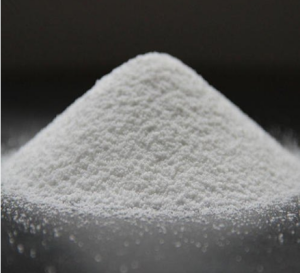
Calcium phosphate organic fertilizer is made from natural sources such as animal bones, rock phosphate, and organic compost. It provides a balanced supply of two critical nutrients: calcium and phosphorus.
- Calcium strengthens plant cell walls, improving crop structure and resistance to environmental stresses such as drought.
- Phosphorus plays a central role in energy transfer, root development, flowering, and seed production.
Unlike chemical fertilizers, calcium phosphate organic fertilizers release nutrients slowly over time, ensuring long-term benefits without harming the environment.
How Calcium Phosphate Organic Fertilizer is Made
The production of Calcium Phosphate Organic Fertilizer involves a sustainable process that transforms natural materials into nutrient-rich fertilizers. Here’s an overview of the key steps involved:
a. Sourcing Raw Materials

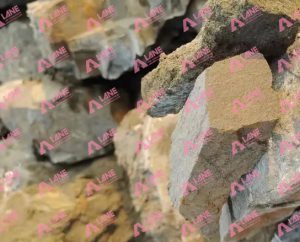
Raw materials used in the production of this fertilizer include animal bones, phosphate rock, and organic waste such as crop residues. These components contain high levels of calcium and phosphorus, essential for enriching the soil.
b. Composting Process
Organic components, such as manure or plant residues, are composted to promote the decomposition of organic matter. The composting process generates beneficial microbes that convert nutrients into bioavailable forms for plants, improving the fertilizer’s effectiveness.
c. Grinding and Blending
The phosphate rock or bones are finely ground to increase their surface area, allowing them to release nutrients more efficiently. The ground material is blended with organic compost to create a balanced fertilizer with both macro and micronutrients.
d. Granulation and Drying
The mixture is granulated into uniform pellets to ensure easy handling and application. Granulation also improves the fertilizer’s shelf life and stability. After granulation, the pellets are dried to remove excess moisture, preventing clumping during storage.
Benefits of Calcium Phosphate Organic Fertilizer
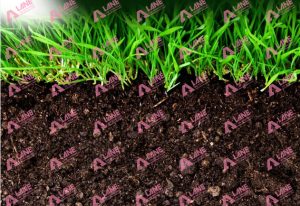
Farmers increasingly prefer calcium phosphate organic fertilizers due to their ability to enhance soil health and provide long-term crop benefits. Let’s explore the key advantages:
a. Improved Soil Structure and Fertility
This fertilizer enriches the soil with organic matter, improving its structure and aeration. It enhances the soil’s ability to retain moisture, helping plants withstand dry conditions. Additionally, the gradual release of calcium and phosphorus ensures a continuous supply of nutrients throughout the crop’s growth cycle.
b. Enhanced Crop Quality and Yield
The use of Calcium Phosphate Organic Fertilizer promotes robust root systems, essential for efficient nutrient uptake. Strong roots lead to healthier crops with higher resistance to pests and diseases. Farmers also report improved flowering and higher yields due to the optimal phosphorus content.
c. Environmental Sustainability
Calcium phosphate organic fertilizer supports sustainable farming practices by reducing reliance on chemical inputs. Unlike synthetic fertilizers, which can lead to soil degradation and water pollution, organic fertilizers improve soil health without harmful side effects. They also minimize the risk of nutrient leaching, ensuring that the environment remains protected.
d. Compatibility with Organic Farming Systems
As the demand for organic food grows, farmers are turning to fertilizers that align with organic certification standards. Calcium phosphate organic fertilizer is ideal for use in organic farming systems, meeting the requirements for eco-friendly agriculture.
Application Methods for Maximum Impact
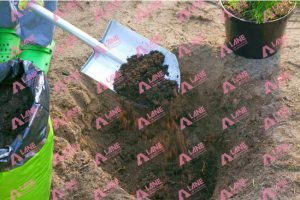
To get the most out of Calcium Phosphate Organic Fertilizer, it is essential to apply it correctly. Here are a few application methods that ensure optimal nutrient delivery:
a. Soil Amendment Before Planting
Incorporating the fertilizer into the soil before planting helps enrich the root zone with essential nutrients. This method ensures that crops have access to calcium and phosphorus from the start, promoting vigorous growth.
b. Top Dressing for Established Crops
Top dressing involves applying the fertilizer around the base of established crops. This method provides an extra boost of nutrients during critical growth stages, such as flowering and fruiting.
c. Foliar Application Using Liquid Extracts

Some calcium phosphate fertilizers can be converted into liquid extracts and applied as foliar sprays. This method delivers nutrients directly to the plant leaves, ensuring rapid absorption during periods of high demand.
The Role of Calcium Phosphate in Sustainable Agriculture
The use of Calcium Phosphate Organic Fertilizer aligns with global efforts to promote sustainable agriculture. Here are some ways it contributes to building resilient farming systems:
a. Reducing Chemical Dependency
By improving soil health naturally, calcium phosphate fertilizer reduces the need for synthetic fertilizers and pesticides. This shift toward organic practices helps protect soil ecosystems and enhances biodiversity.
b. Closing Nutrient Loops
The production of this fertilizer encourages a circular economy by recycling agricultural waste into valuable nutrients. For example, animal bones and crop residues that would otherwise go to waste are transformed into essential inputs for crop production.
c. Restoring Degraded Soils
Over time, intensive farming practices can lead to soil degradation, reducing agricultural productivity. Calcium phosphate organic fertilizers play a crucial role in restoring depleted soils by replenishing essential nutrients and improving soil structure.
Challenges and Solutions in Using Calcium Phosphate Organic Fertilizer
While calcium phosphate organic fertilizer offers numerous benefits, there are some challenges associated with its use. However, these challenges can be addressed with proper planning and management.
a. Slow Nutrient Release
The gradual release of nutrients can be a limitation for crops with immediate nutrient needs. To overcome this, farmers can supplement the fertilizer with fast-acting organic inputs or use it in combination with compost teas for rapid nutrient availability.
b. Transport and Storage Considerations
Organic fertilizers, especially bulky materials like compost, require adequate storage facilities and transportation infrastructure. Establishing local production units can reduce logistics costs and ensure a steady supply to farmers.
c. Cost Management
The production of calcium phosphate organic fertilizers can be more expensive than synthetic alternatives. However, the long-term benefits, such as improved soil health and sustainable yields, outweigh the initial costs. Government subsidies or support programs can also encourage farmers to adopt organic fertilizers.
Conclusion
The adoption of Calcium Phosphate Organic Fertilizer is transforming farms by promoting healthy soils, improving crop quality, and supporting sustainable agricultural practices. As the world shifts toward environmentally conscious farming, the role of organic fertilizers will continue to grow. With its ability to recycle waste into valuable nutrients and enhance long-term soil fertility, calcium phosphate organic fertilizer offers a practical solution for farmers striving to build better, more productive farms.
By integrating this innovative fertilizer into their practices, farmers can boost yields while protecting the environment, contributing to a more sustainable future for agriculture.
Latest Articles & Tips
More-
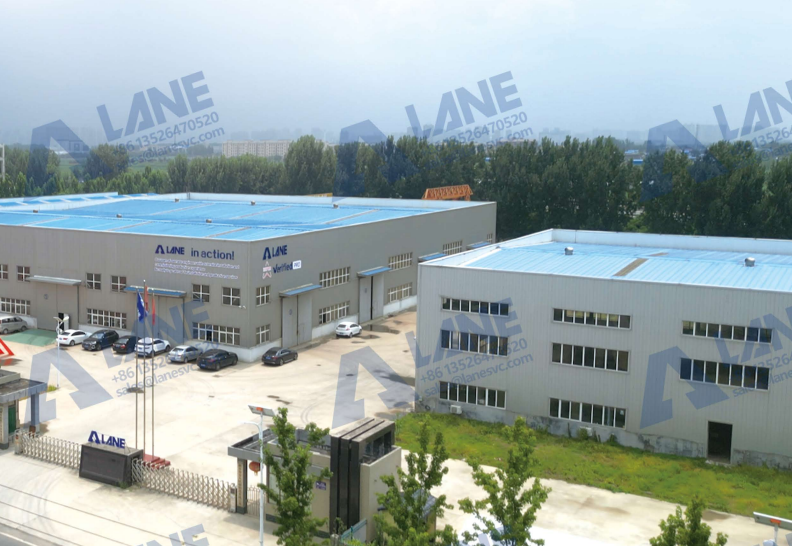
03/14
OEM Fertilizer Equipment Manufacturing: Custom Solutions for Your Production Needs
read more -
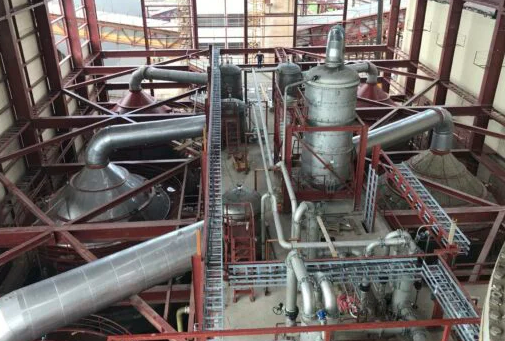
02/27
Fertilizer Granulation for DAP and MAP: Enhancing Efficiency in Fertilizer Production
read more -
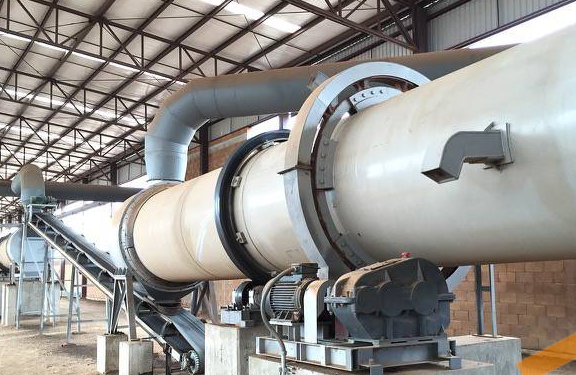
02/27
Fertilizer Production Solutions: Optimizing Efficiency and Sustainability in Fertilizer Manufacturing
read more -
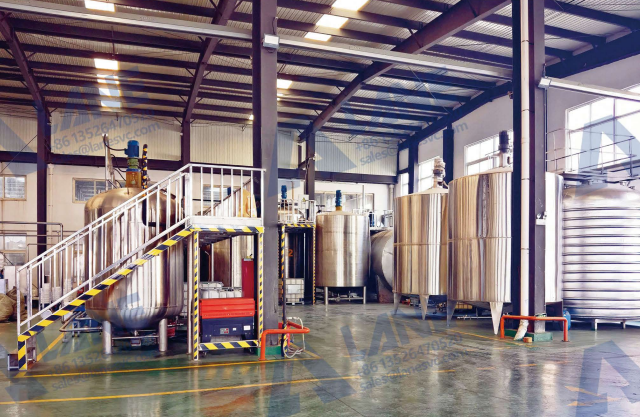
02/13
Chemical Fertilizer Production Line: Enhancing Agricultural Productivity with Precision Manufacturing
read more



Send a message to us